- Joined
- May 26, 2019
- Messages
- 154
- Points
- 113

How do some modelers do such wonderful rigging and rope work? how do they control say the winding of a coil at the end of a gun carriage or the neat winding of the rope on a belaying pin. Paul

How do some modelers do such wonderful rigging and rope work? how do they control say the winding of a coil at the end of a gun carriage or the neat winding of the rope on a belaying pin. Paul
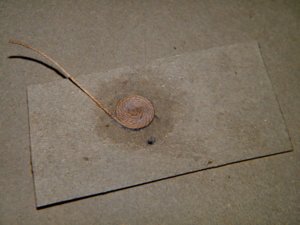
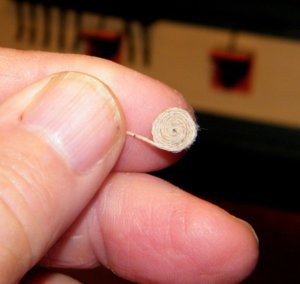
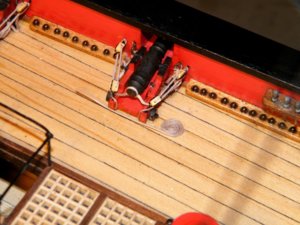
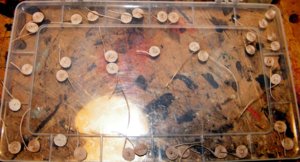
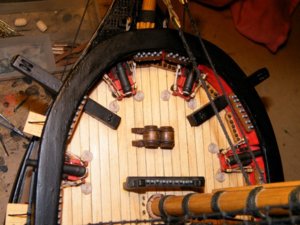
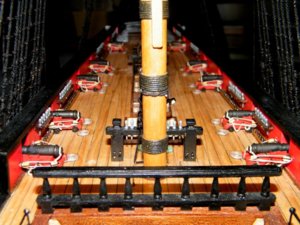
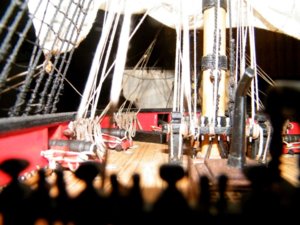
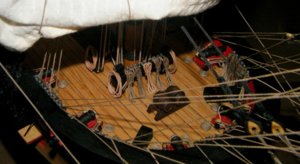

Thanks Jim, for that great response, built many ships but never could do the finish of ropes neatly, so I will practice this, so you make the coils and lay them separate from the main rope? hope I have the skill and patience. I think I have gone wrong using watered down wood glue, do you do anything about the stiffness of the rigging and rope to make it more supple, say .25 rigging? Been to OZ many times, Dad's buried in Melbourne. Nice to talk to you. PaulG'day Paul, this is how I do my rope coils, hope it helps,
View attachment 107190
So next up were the rope coils for the cannon, I make mine by putting a small drop of PVA glue on a piece
of cardboard, actually I do it for all the coils I'm going to need, then I attach a piece of string long enough
to make the coil, when the drop of PVA glue has set and is holding the string, I then spread more PVA around
and coil the string making sure it is soaked with the PVA glue as above,
View attachment 107191
I leave them for 24 hours and then very carefully release them from the cardboard,
View attachment 107192
The training tackle I take over the back of the carriage and glue just under the carriage, then I place the coil
in position and cut the end to match up with the piece coming over the back of the carriage,
View attachment 107193
A lot of coils ready to be attached,
View attachment 107194
This pic and the next few show the coils in place,
View attachment 107195
View attachment 107196
and a view of the ropes on the belaying pins,
View attachment 107197
View of the fore deck,
I hope this has not been too long a winded explanation,
best regards John,
.


